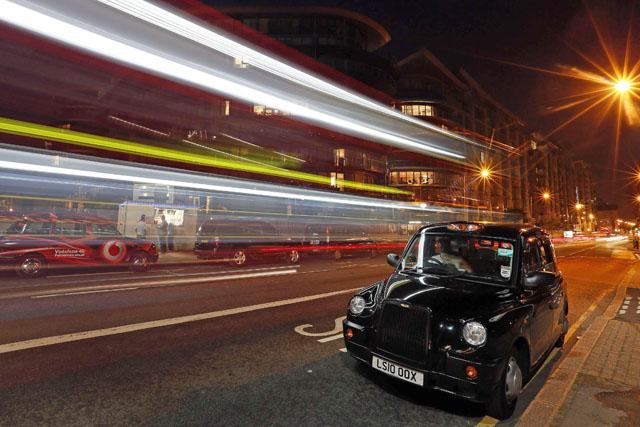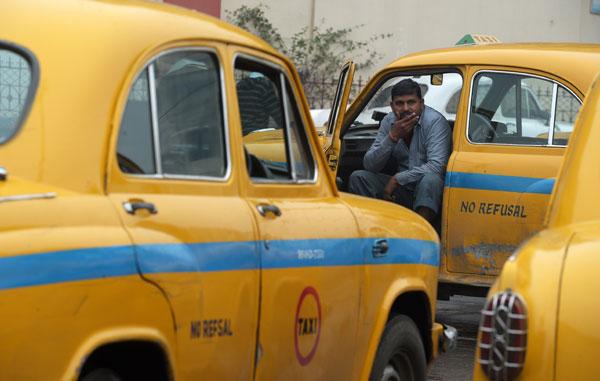You are here
High-tech smartphone applications for taxi services
By Jean-Claude Elias - Jul 23,2015 - Last updated at Jul 23,2015
Given that few domains if any aren’t affected by information technology in general and by smartphone applications in particular, getting a taxi with the help of your phone is one of the latest trends in Amman; and it’s working rather well. Already implemented in other countries like the USA for more than four years now, the concept has reached Jordan.
At least two services are available and operating in the country, Easy Taxi and Uber. Both are equally famous and function on a global scale. Uber received unexpected, perhaps uncalled for, publicity last month when the traditional taxis in France went on strike, rejecting Uber’s competition as being unfair practice, leading to sometimes violent actions, serious disturbance at airports, and ending with the French government’s order to stop Uber’s operation; at least pending more investigation and another decision.
Once you download the app on your smartphone and install it, you can use it to request a taxi. Your location is instantly known and the closest available car is dispatched to you. The car’s licence plate, the driver’s name and photo are displayed on your screen. The estimated wait time also is displayed, as well as the constantly updated, real-time position of the cab on the map shown on your phone’s screen while it is “en route” to you. In terms of convenience it is hard to beat.
There are differences between Easy Taxi and Uber. The main one is that you pay the first in cash whereas the second directly charges your credit card, the number of which you have to disclose and enter when you start with the app and the subscription. Not having to carry cash for riding with Uber is seen as an advantage by most and as a risk (the usual credit card risk fear) by a few.
The two services share one common trait: they are understandably a little more expensive than traditional taxis (by about JD0.750 to JD1.500 per trip), with Easy Taxi being slightly less expensive than Uber. Moreover, Easy Taxi uses the already available network of Jordanian yellow taxis, whereas Uber is operated by drivers using rental cars, often more comfortable than the old yellow taxis.
The lack of convenient public transportation in Amman certainly is boosting the operation of Easy Taxi and Uber. Having the driver’s and the car’s details on your smartphone when you order the cab provides unprecedented safety to young children, women, and all those who hesitate to hail a taxi on the street the old way. Easy Taxi actually has been selected by Google and Apple as being one of the “Top Apps of 2014”.
I tried both services in Amman on several trips, and was equally satisfied with them. I never had to wait more than three or four minutes for the car to arrive. Chatting with the drivers I learnt, interestingly, that more than 60 per cent of their clients were non-Jordanians, especially in this summer period. They also expressed a common concern about what may happen when the service gets really to the wide public and exceeds the traditional taxi service.
Some drivers told me that smartphone apps like Easy Taxi and Uber would soon “kill” the traditional way of requesting a taxi, whereas others feared that at some point the government may step in and impose restrictions or additional taxes of some kind, to protect the old, traditional service.
In the meantime the apps are getting more and more popular with every day that passes, with the word of mouth doing wonders to increase usage. Hold on tight to your smartphone.
Related Articles
They have been the kings of the British capital’s roads for over a century but now the often opinionated drivers of London’s iconic black taxi cabs are battling a high-technology rival that threatens their dominance.
The growth of ride-hailing companies such as Uber and Lyft so far has not been hindered by limits from government regulators and campaigns by taxicab competitors.
NEW DELHI — From London and Paris to New Delhi and Sao Paulo, traditional taxi drivers united worldwide against Uber in 2015, a year that sa



















